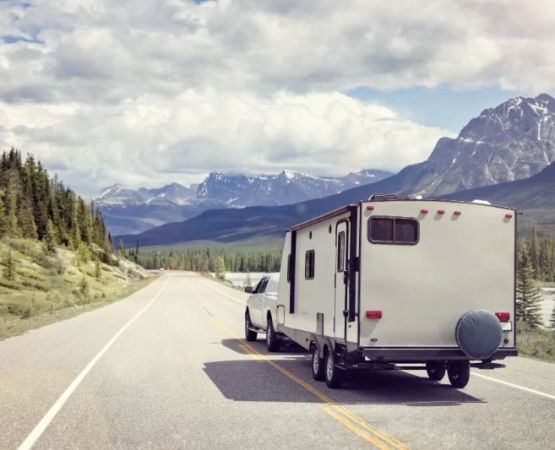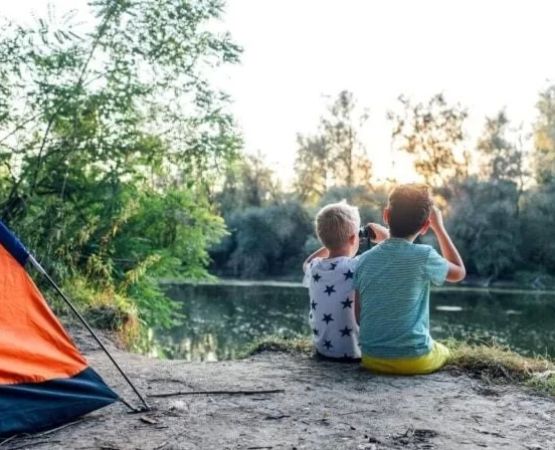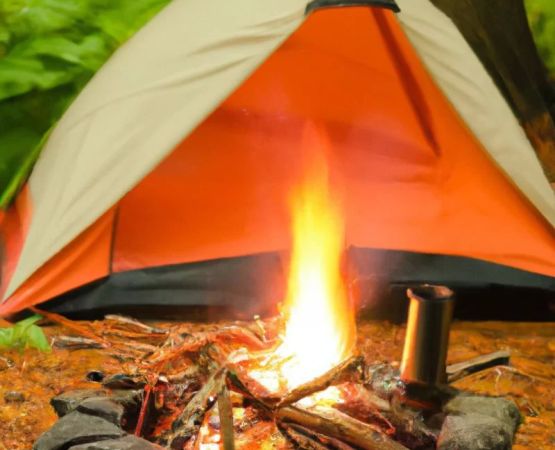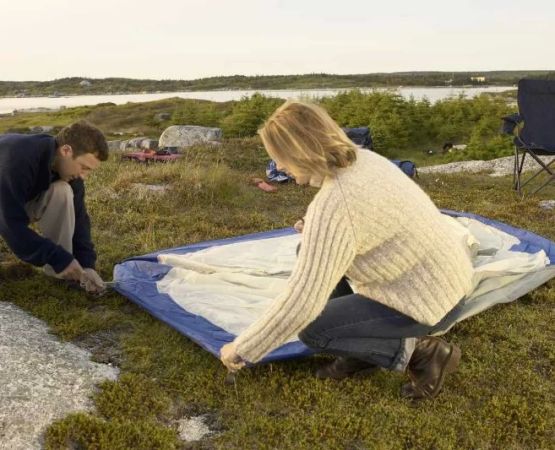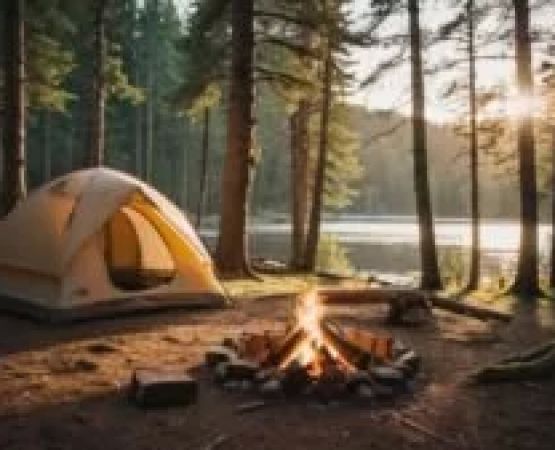Recycling on the Trail: How to Keep Nature Clean While Camping
Camping is one of my favorite ways to connect with nature, but I’ve always been deeply aware of the need to leave as little impact on the environment as possible. Over the years, I've learned that recycling while camping isn’t as straightforward as it might seem, but with a little preparation and knowledge, it’s absolutely doable. In this article, I’ll share my experiences and some practical tips that can help you recycle properly while enjoying the great outdoors.
1. The Importance of Recycling While Camping
When I first started camping, I didn’t fully realize the extent of the environmental impact that waste could have. It wasn’t until I saw litter along a hiking trail that I understood how easily waste accumulates, even in remote areas. As campers, we need to be responsible stewards of the land, and recycling is an essential part of that responsibility. The key is to reduce, reuse, and recycle materials in a way that aligns with the natural environment. By recycling, we can help protect wildlife habitats, preserve natural beauty, and keep our outdoor spaces pristine for future generations.
2. Know What You Can Recycle
Before heading out on a camping trip, I always make sure to familiarize myself with the types of materials that can be recycled in the area I’m visiting. Not all regions have the same recycling programs, and some campsites may not have specific recycling bins available. In some places, plastic bottles, aluminum cans, and cardboard are easy to recycle, but glass or food scraps may need to be handled differently. I’ve learned the importance of double-checking what can and can’t be recycled in my camping area, which can vary by location.
3. Pack Smart: Bringing Recyclable Materials
One of the best ways to make recycling easier while camping is to reduce the amount of waste you generate in the first place. On my last camping trip, I focused on minimizing packaging by choosing reusable containers and avoiding single-use plastics. I carried reusable bags to store recyclables, which helped me separate items like cans, bottles, and cardboard from the trash. I also made sure to bring biodegradable soap and reusable utensils to minimize the waste created from meals.
4. Sorting and Storing Your Recycling
Once you’re out in nature, the challenge becomes managing the recyclables in a way that’s practical and responsible. It’s important to bring bags or containers to separate recyclables from regular trash. I always use separate bags for each type of recyclable material—one for plastics, one for aluminum, and one for paper products. If you’re hiking or trekking to your campsite, make sure the bags are sturdy and leak-proof, so they don’t create more waste. This small effort makes recycling on the go much easier and ensures that the materials are kept clean until they can be disposed of properly.
5. Handling Food Waste: Composting and Disposal
Food waste is another challenge when it comes to camping. While it doesn’t always fall under the category of recyclables, it’s still important to manage it in an eco-friendly way. On my trips, I make a point to pack out all food scraps. I’ve found that composting is a great option if you’re camping in an area where that’s allowed. For instance, biodegradable food waste such as fruit peels or coffee grounds can be composted to return nutrients to the earth. However, I always avoid leaving food scraps behind as they can attract wildlife, disrupt ecosystems, and leave an unsightly mess.
6. Responsible Disposal of Non-Recyclables
There are definitely some items that can’t be recycled, and it’s crucial to dispose of them responsibly. For example, certain plastics like plastic bags or wrappers may not be accepted at local recycling centers, and these should be packed out of the campsite with the rest of your trash. I’ve learned to plan my meals and snacks with packaging in mind, choosing items that are easier to recycle or that come in eco-friendly packaging. When it comes to disposing of non-recyclables, I always follow the Leave No Trace principles and carry out everything that I bring in.
7. Finding Recycling Facilities Near Your Campsite
Not all campsites have recycling facilities, but more and more are offering eco-friendly amenities. I’ve had good luck finding campsites that provide separate recycling bins for common materials. I always try to locate these bins before setting up camp, so I know where to place recyclables during my stay. For remote campsites, I plan ahead and bring back recyclables with me, researching the nearest town or recycling facility where I can properly dispose of them when I leave. This is especially important in more wilderness-focused areas where proper disposal infrastructure is limited.
8. Share the Knowledge: Encourage Others to Recycle
One of the most rewarding parts of my eco-friendly camping journey has been sharing what I’ve learned with others. Whether it’s family, friends, or fellow campers, I always encourage people to recycle while camping. Over the years, I’ve seen many people become more aware of their environmental impact, and it feels great to contribute to that shift. If you’re camping with others, make it a point to show them how easy and important it is to recycle properly, and together you can create a cleaner, greener camping experience for everyone.
Recycling properly while camping is a responsibility that’s both simple and impactful. By being mindful of what we bring into nature, how we handle recyclables, and how we dispose of waste, we can ensure that our outdoor adventures have minimal impact on the environment. Whether you’re a seasoned camper or just getting started, taking a few simple steps to recycle responsibly can help protect the places we love to visit—and that’s something we all can get behind.


